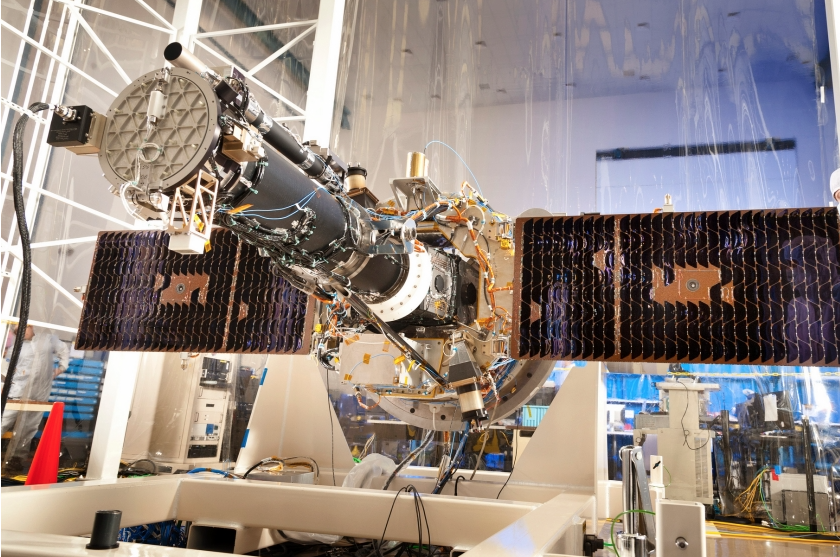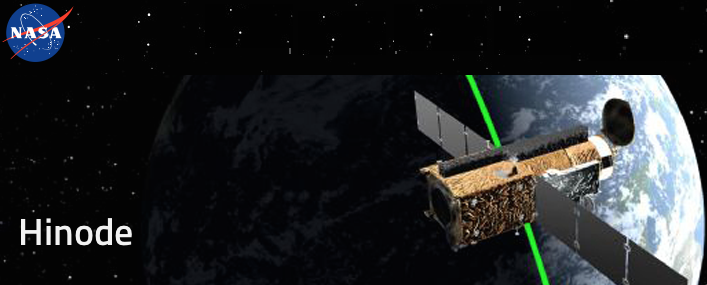
The Interface Region Imaging Spectrograph has been giving a zoomed-in view of the sun since its launch in 2013. The small and affordable observatory has revealed dazzling images and unprecedented data, like twisting energy in the sun’s chromosphere
While humans can't look directly at the sun without harming their eyes, there's a satellite that has not just been looking but taking more than 24 million images of the sun since the Interface Region Imaging Spectrograph (IRIS) was launched three years ago. In fact IRIS was able to catch nine of the largest flares (X-class) and almost 100 of the second largest class of flares (M-class) and numerous weaker C-class flares.
IRIS has delivered the most detailed images of the sun’s lower atmosphere ever recorded from space. The Interface Region Imaging Spectrograph (IRIS), built and operated by Lockheed Martin (NYSE: LMT) for NASA, has received more time to deliver groundbreaking space science, in fact a recent $19.4 million contract will extend Lockheed Martin’s support for the orbiting observatory through September 2018, with a further extension possible through September 2019.
Dr. Bart De Pontieu, IRIS science lead at Lockheed Martin’s Advanced Technology Center said, “IRIS has taken more than 24 million images or spectral measurements of the sun since its launch three years ago, and it has led to more than 115 scientific papers. In this new extension, IRIS will be able to study a wide range of phenomena, including the source regions of fast solar wind, a stream of charged particles that continuously emanates from the sun at speeds of 1,000 km/s and fills the space around the Earth.”
Scientists from various agencies such as NASA, Lockheed Martin and other institutions around the world have used IRIS to make new discoveries about what causes the heating of the solar atmosphere and how solar flares are triggered and release magnetic energy. The observatory views only a small part of the sun at any time, but through careful planning by the IRIS science planning team, IRIS was able to catch nine of the largest flares (X-class) and almost 100 of the second largest class of flares (M-class) and numerous weaker C-class flares.
The IRIS program will now move into a period studying the tail end of the solar activity cycle, which just went through a period of maximum activity. Some of the largest flares and most powerful coronal mass ejections occur during this phase of the solar cycle. In the next few years IRIS will also focus on:

Using IRIS observations for more specific computer models that reveal what heats the sun's chromosphere, a layer of the Sun's atmosphere that is responsible for most of the ultraviolet light that we receive on Earth.
Coordinated, highly complementary observations with a slew of ground-based telescopes that are coming online with powerful new instrumentation such as the German GREGOR telescope, the Swedish Solar Telescope in the Canary Islands and Big Bear Solar Observatory, California.
The first solar observing campaigns newly approved for the large, international radio-telescope in Chile called ALMA. Coordinated observations of ALMA and IRIS will provide a new window into what drives the dynamics and heating of the low solar atmosphere.

